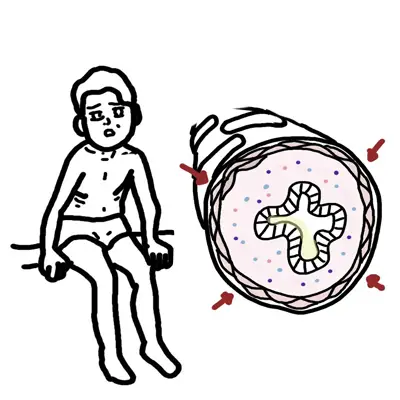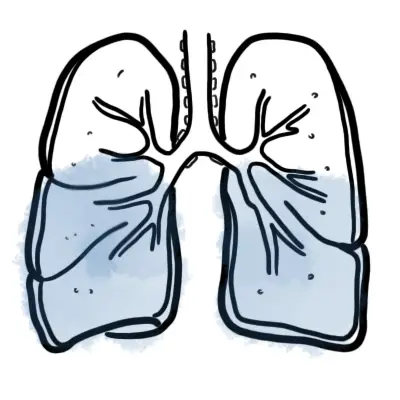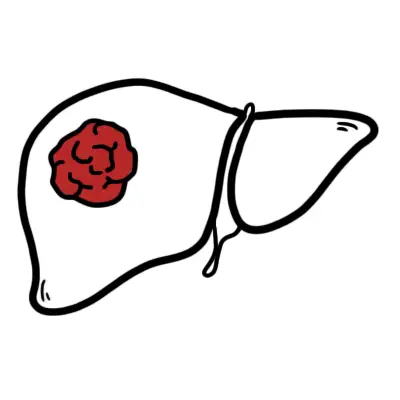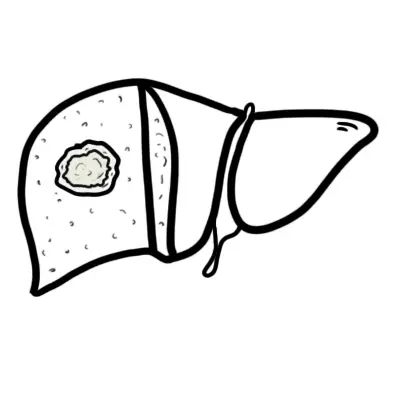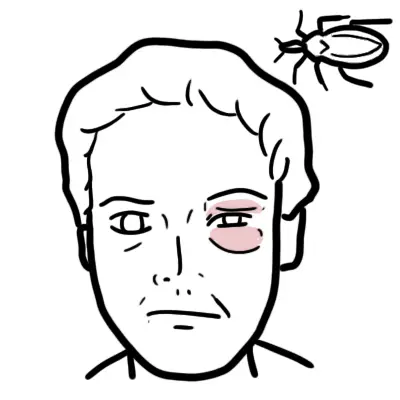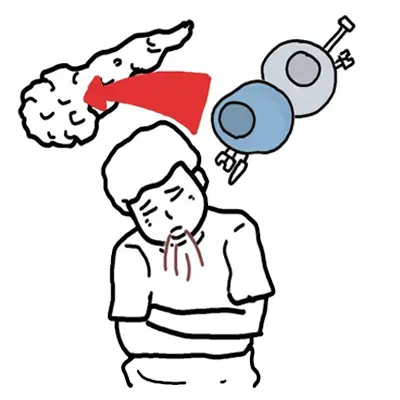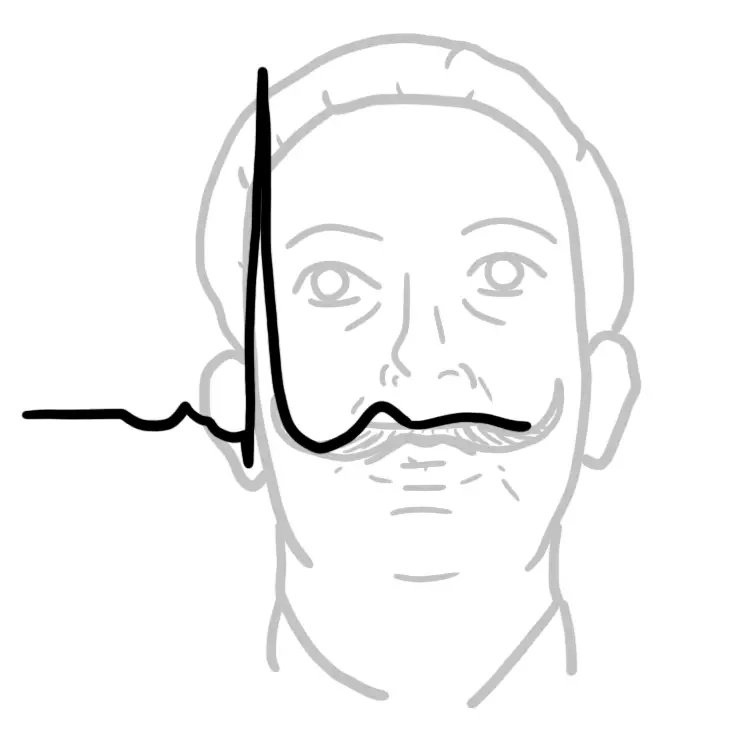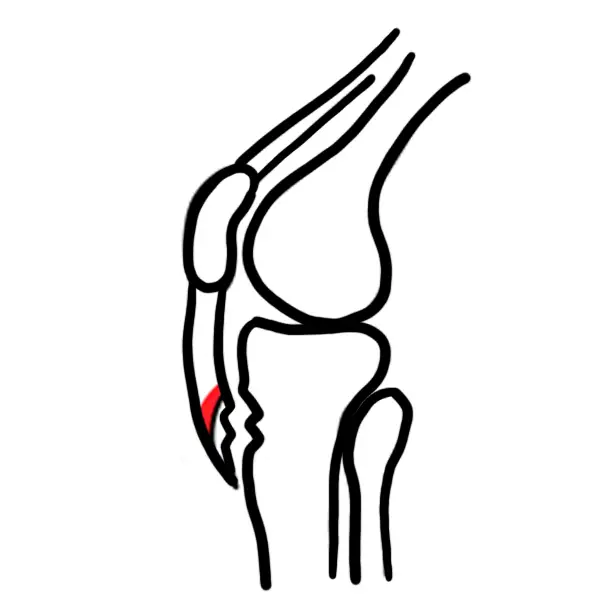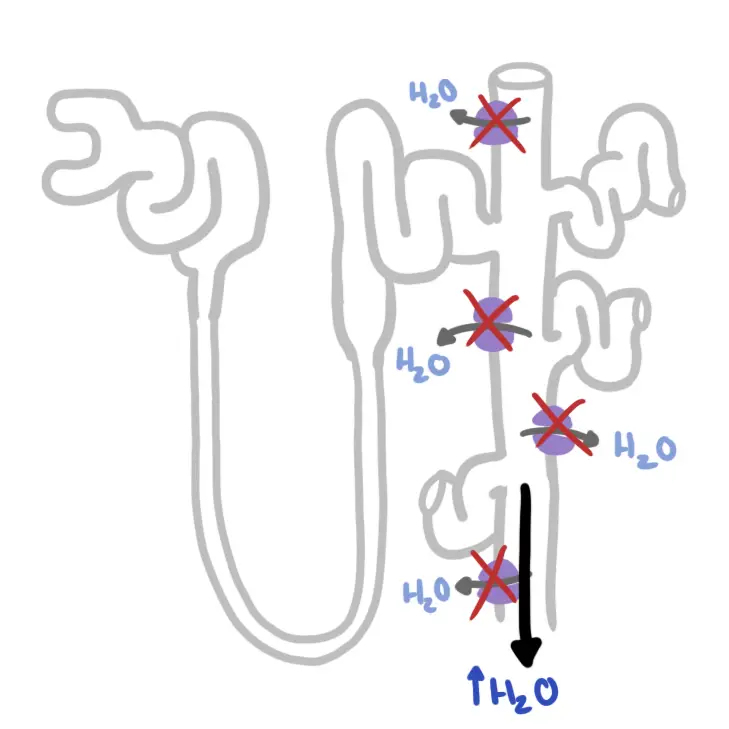Overview
Overview Paracetamol overdose is a common cause of hospital presentation. Paracetamol is an analgesic and antipyretic drug used in both children and adults. Its mechanism of action is yet to be fully determined, and is likely to involve a number of pain pathways.
When taken in excess it can cause signs such as vomiting, right upper quadrant pain and altered mental status. The most serious outcome of paracetamol overdose is acute hepatic failure which could lead to death. Although hepatic injury and death is rare it is important to identify patients at risk, measure paracetamol levels using a normogram and treat accordingly. High paracetamol levels is treated with N-acetylcysteine.
Pharmacology of Paracetamol
Mechanism of action (not fully understood) several theories:
- Cyclooxygenase 3 inhibitor
- Central nervous system effect
- Endocannabinoid enhancement
- Descending serotoninergic pathway activation (inhibits ascending pathway of pain)
Absorption
- Small bowel by passive transport
Metabolism Paracetamol is metabolised in the liver.
- 90% undergoes glucuronidation and sulphation to non-toxic conjugates. These are eliminated in urine
- 5% undergo no reaction and is eliminated in urine
- 5% is oxidised via the cytochrome P450 enzyme system to form the highly toxic metabolite, N-acetyl-p-benzo-quinone imine (NAPQI)
- NAPQI is detoxified by conjugation with glutathione to form cysteine and mercapturatic acid conjugates, which are then renally excreted
Clinical features
The clinical features of paracetamol toxicity is divided into 4 stages based on the time after ingestion
Stage One - first 24 hours
- Asymptomatic initially
- Gastrointestinal
- nausea vomiting
- right abdominal pain
Stage Two 24-48hours
- Gastrointestinal
- nausea vomiting
- right abdominal pain
- Elevation of coagulation markers, liver function derangement
Stage Three 48-72 hours
- Acute hepatic failure
Stage Four 72hours+
- Full recovery - If patient survive stage 3
Pathophysiology
Metabolism Paracetamol is metabolised in the liver.
- 90% undergoes glucuronidation and sulphation to non-toxic conjugates. These are eliminated in urine
- 5% undergo no reaction and is eliminated in urine
- 5% is oxidised via the cytochrome P450 enzyme system to form the highly toxic metabolite, N-acetyl-p-benzo-quinone imine (NAPQI)
- NAPQI is detoxified by conjugation with glutathione to form cysteine and mercapturatic acid conjugates, which are then renally excreted
However, when an overdose occurs, the normal metabolic pathways become saturated and more paracetamol is shunted through the P450 system increasing NAPQI levels. Too much NAPQI is toxic.
Management
Important questions to ask in history
- Type of paracetamol (immediate or modified release)
- Timing of paracetamol ingestion
- Amount of tablets
- Any other substances or drugs taken
Acute single overdose (adult)
- Activated charcoal
- If large amounts
- If <2 hours
- Paracetamol levels
- Plot paracetamol level on a normogram
- If above the normogram line treat with N-acetylcysteine
- If below normogram line observe and repeat paracetamol level
- Repeat paracetamol level after 2 hours


